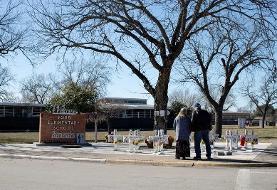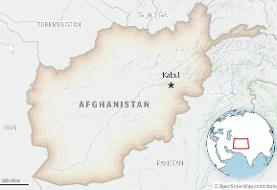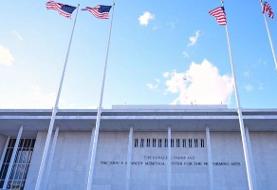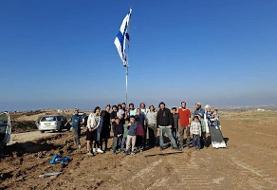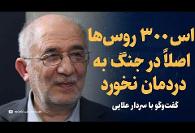In Pictures: The First Images from Inside Xerxes Burial Chamber
Xerxes I (In Persian Khshayarsha) was the fourth King of Kings of the Achaemenid Empire, ruling from 486 to 465 BC. He was the son and successor of Darius the Great (ruled 522–486 BC) and his mother was Atossa, a daughter of Cyrus the Great (ruled 550–530 BC), the founder of the Achaemenid empire. Like his father, Xerxes ruled the empire at its territorial peak. He ruled from 486 BC until his assassination in 465 BC at the hands of Artabanus, the commander of the royal bodyguard. The Persian king in the Biblical Book of Esther is commonly thought to be Xerxes

The rock-cut tomb at Naqsh-e Rustam north of Persepolis (near Shiraz), copying that of Darius, is usually assumed to be that of Xerxes. Recently, for the first time ever, images from inside Xerxes Mausoleum (burial chamber) were published in Iranian media (some attached here).

Using texts written by classical authors, it is often assumed that Xerxes enacted a brutal vengeance on Babylon and its temples following revolts. Modern historian Amélie Kuhrt considers it unlikely that Xerxes destroyed the temples, but believes that the story of him doing so may derive from an anti-Persian sentiment among the Babylonians.
Much of Xerxes' bad historic reputation is due to propaganda by the Macedonian king Alexander the Great, who had him vilified. The modern historian Richard Stoneman regards the portrayal of Xerxes as more nuanced and tragic in the work of the contemporary Greek historian Herodotus.

However, many modern historians agree that Herodotus recorded spurious information. Pierre Briant has accused him of presenting a stereotyped and biased portrayal of the Persians. In recent years, Xerxes has also been inaccurately and dramatically portrayed as a cruel, power-crazed despot and an inept commander in Western novels and movies. Many Achaemenid-era clay tablets and other reports written in Elamite, Akkadian, Egyptian, and Aramaic, however, are frequently contradictory to the Western portrayals of Xerxes and the reports of classical authors, i.e. Ctesias, Plutarch, and Justin.

Related to History:
- How did Montesquieu's "Persian Letters" Become 18th Century's Popular Literary Work?
- In Pictures: Norooz Tourists Pack Isfahan's Naghsh Jahan Square
- Video: Persian New Year, Nowruz or Norooz, Simply Explained
- Accounting Tablet Found in Iran's Ancient Burn City from 5000 Years Ago
- The Nomadic Journey of a Bakhtiari Family According to the Smithsonian Magazine
- Iran in Pictures: 1921
- Arch of Ctesiphon, Ancient Persian Architectural Masterpiece Collapses near Baghdad
- Video: Compare Words in Ancient Iranian (Avestan) and Indo-European Languages
- A Historical Blunder: Trump Claims 1775 Revolutionary Army 'took over airports'!
- Persian Physician's Book Was Translated, Taught and Cherished in Ireland Centuries Ago
- In Pictures: Tehran Museums, A Treasure Trove of Iranian Culture and History
- Iran Now A Powerhouse in Volleyball: U19 Team Tops FIVB Global Ranking for the First Time Ever
- Archaeologists Find Evidence Noah’s Ark Landed in Northern Iran
- 2500 Year Old Persian Palace Excavated in Northern Turkey
- Film Shows Isfahan and Tehran some 61 years Ago
»This is a summary of the original feature in Farsi. To request a more extensive translation of the Farsi text, please contact us.





